Metamorphosis: Meatpacking District 1985 + 2013
Photographer Brian Rose’s never-before printed images of the ever-evolving NYC neighborhood

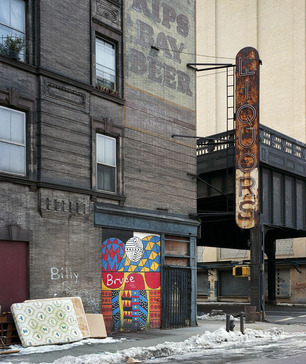
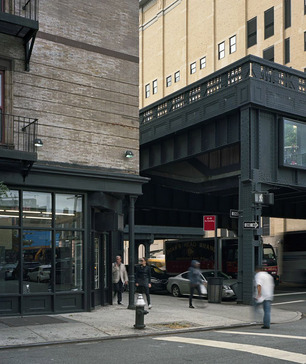
A few years after Brian Rose‘s fascinating photo book “Time and Space on the Lower East Side” (which explored the LES over two very different time periods) comes the photographer’s new tome “Metamorphosis: Meatpacking District 1985 + 2013.” Back in the ’80s, the Meatpacking District still reflected its name and Rose wandered the streets almost daily—armed with his 4×5 view camera. In the early mornings, the area was alive with all the noise, gore and action of the meat market; at nighttime, it transformed into a subversive playground with prostitutes and sex clubs; while during the day, it was a veritable ghost town.
Rose had never printed these images, until now. “Metamorphosis” depicts an area of NYC that has undergone an entire transformation. Now a shiny, glossy place full of designer stores and huge restaurants, the Meatpacking District seems to have lost any trace of its gritty past. We spoke with Rose about his perceptions of the Manhattan neighborhood—then and now.
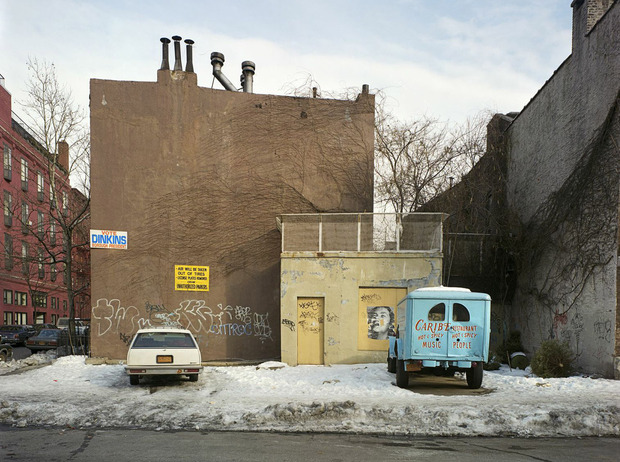
Can you tell us a little about the Meatpacking District in the ’80s?
I lived across town on the Lower East Side where I had done my first big photography project in 1980. And I was involved in neighborhood politics, working to preserve low income housing. It was being lost by abandonment in some places and gentrification in others. But the Meatpacking District was foreign to me. It was over in the Wild West of Manhattan with its derelict piers, leather clubs and shadowy streets inhabited by transvestite prostitutes.
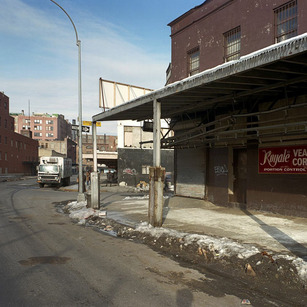
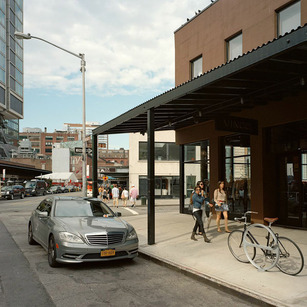
The Meatpacking District was alive in the predawn hours when the meat market was in full swing, men in white bloodied jackets grappling carcasses of meat hanging from hooks. By day, the area was virtually abandoned. A stage set New York, stinking of decaying flesh, the cobblestones slippery with grease. At night, men huddled around the doors to clubs like the Mineshaft—the red door in one of my photographs—which was closed later in 1985 at the height of the AIDS crisis.
I didn’t photograph those nocturnal scenes, but I did wander for several days In January through the frozen streets of the far west side. I was looking for a new project, as I recall. But the film stayed in a box without being printed until a year ago when I rediscovered it, and was stunned with what I had done back then. So, last year, I began to re-photograph the
neighborhood, and my new book is the result.
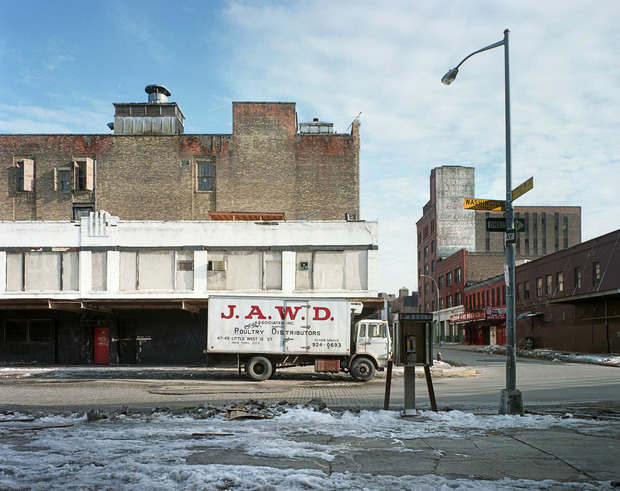
The entire city is ever-evolving, but do you feel like the Meatpacking District had a perfect, prime era?
Back then, the Meatpacking District wasn’t yet changing like Soho or Tribeca. There were artists living in lofts there, but as long as the market held sway, it was too gritty for all but the most intrepid. Once the meat market moved to the Bronx in the early 2000s, things happened quickly—certainly one of the most abrupt transformations ever.
But in 1985 you could stand alone in the middle of Washington Street surrounded by this all encompassing decrepitude, almost post-apocalyptic in its emptiness, and you’d find yourself saying, “This is fantastic. This is unreal.” There was a kind of perfection in that moment. But at the same time, you knew that it was a lie. That people were dying of AIDS,
people were strung out on drugs and buildings were crumbling.
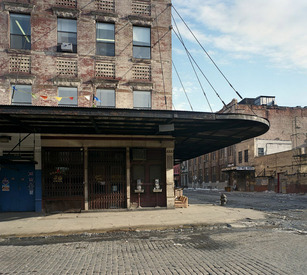

New York is still carried on the backs of hungry immigrants and young believers—artists, musicians, get-rich schemers.
How do you feel about phrases like “You can’t stop progress!” when looking back on your photos?
Progress—which is a nebulous concept—was hard to imagine in the early ’80s. New York could have ended up as Detroit rather than today’s glittering high-tech city pumped up on the steroids of Russian oil fortunes and Latin American drug money. On the other hand, there are a million more people here than there were a couple of decades ago. New York is still carried on the backs of hungry immigrants and young believers—artists, musicians, get-rich schemers. New York was staggered by 9/11 and yet the city has remade itself. Progress has taken over, and if you can’t stop it—and don’t think you can—then you should probably get out of the way.
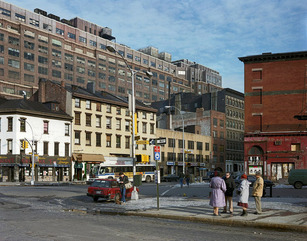
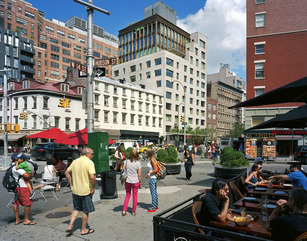
What do you think the area has lost and gained through these dramatic changes?
The Meatpacking District of 1985 belonged to a different Manhattan. Manhattan was like a whole city unto itself with poor neighborhoods and rich neighborhoods, and it still had its blue collar character—the docks, garment factories, the fish market, the Skid Row of the Bowery. And on and on. That diversity has spread out to the boroughs, and the Meatpacking District’s new sheen is emblematic of that shift. What happened, however, was inevitable in a city as dynamic as New York. And we are fortunate that much of the architecture of that neighborhood was preserved along with the infrastructure of the High Line threading its way through and between buildings. The arrival of the Whitney Museum next year will bring more change—for better or worse. Think more tourists, if that’s possible. But the story of New York goes forward as the sea level rises menacingly, and the city faces a whole new set of challenges.
“Metamorphosis: Meatpacking District 1985 + 2013” is available online, with hardbound and signed copies available for $60 and limited edition copies (signed, with a slipcover and 8×10 print) for $250.
Images courtesy of Brian Rose











